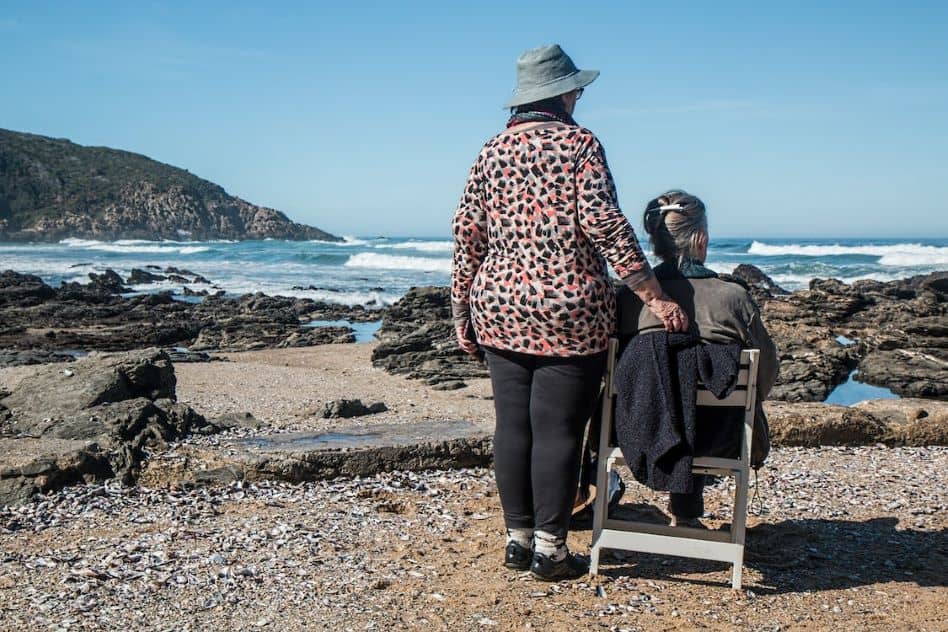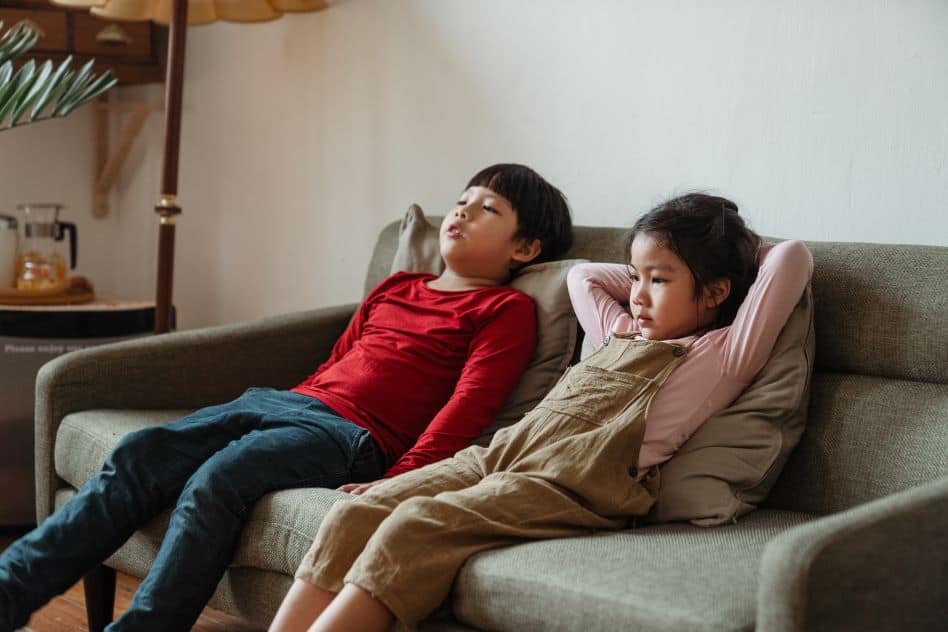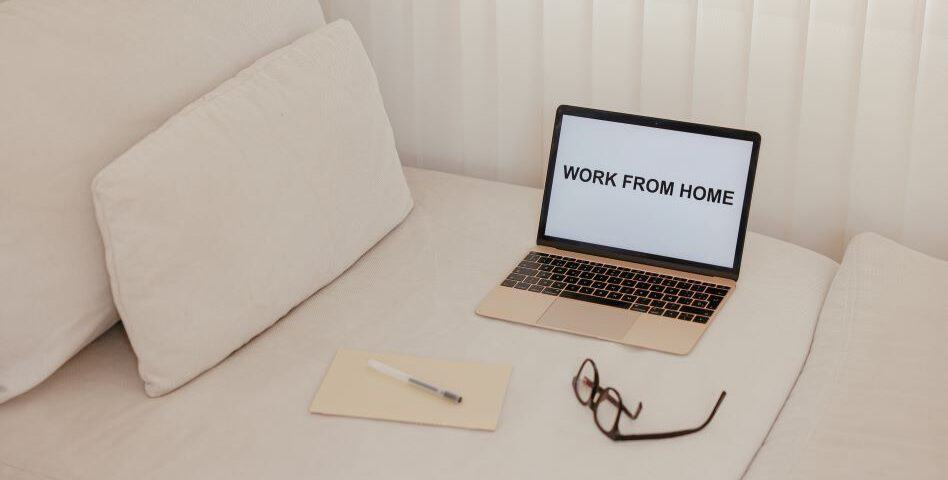
Identification of physical activity and sedentary behaviour dimensions that predict mortality risk in older adults: Development of a machine learning model in the Whitehall II accelerometer sub-study and external validation in the CoLaus study
December 14, 2022
Validity and Reliability of Questionnaires That Assess Barriers and Facilitators of Sedentary Behavior in the Pediatric Population: A Systematic Review
December 28, 2022Thank you to Dr. Claire Fitzsimons for sharing their paper titled “‘Are We Working (Too) Comfortably?’: Understanding the Nature of and Factors Associated with Sedentary Behaviour When Working in the Home Environment” recently published in the Occupational Health Science. The full publication can be found here (open access). The summary of the paper and citation details are re-posted below.
ABSTRACT
Home working has increased due to COVID-19, but little is known about how this change has impacted the health risk behaviour of elevated sedentary time. The aim of this cross-sectional exploratory study was to assess occupational sitting behaviour when working at home, and use the Capability Opportunity Motivation-Behaviour (COM-B) model to identify influences on this behaviour. University staff (n = 267; 69% female; 92% white) who were predominantly working from home completed a questionnaire to assess sitting time, sitting breaks, demographic and occupational characteristics, and a 7-item COM-B questionnaire and open-ended questions to assess influences on time spent sitting whilst working from home. Data were analysed descriptively, a repeated measures ANOVA was used to determine differences in the COM-B items, and binary logistic regression was used to examine predictors of sitting time. Staff spent on average 89.5% (SD = 17.1) of their time sitting whilst working at home, and took an average of 1.36 (1.38) sitting breaks per hour. There were significant and meaningful differences in the influence of the COM factors on ability and willingness to reduce sitting behaviour (p < .0001; ηp2 = .38), and the open-ended responses added further context. The included variables accounted for 20.7% of variance in sitting behaviour, with age, sitting breaks, motivation-automatic, and opportunity-physical contributing significantly. Working from home leads to elevated levels of sitting, and the COM-B provides a useful model to identify key influences on ability and willingness to reduce sitting. Strategies incorporating regular breaks, habit formation/reversal, and restructuring the physical environment may be beneficial
CITATION




